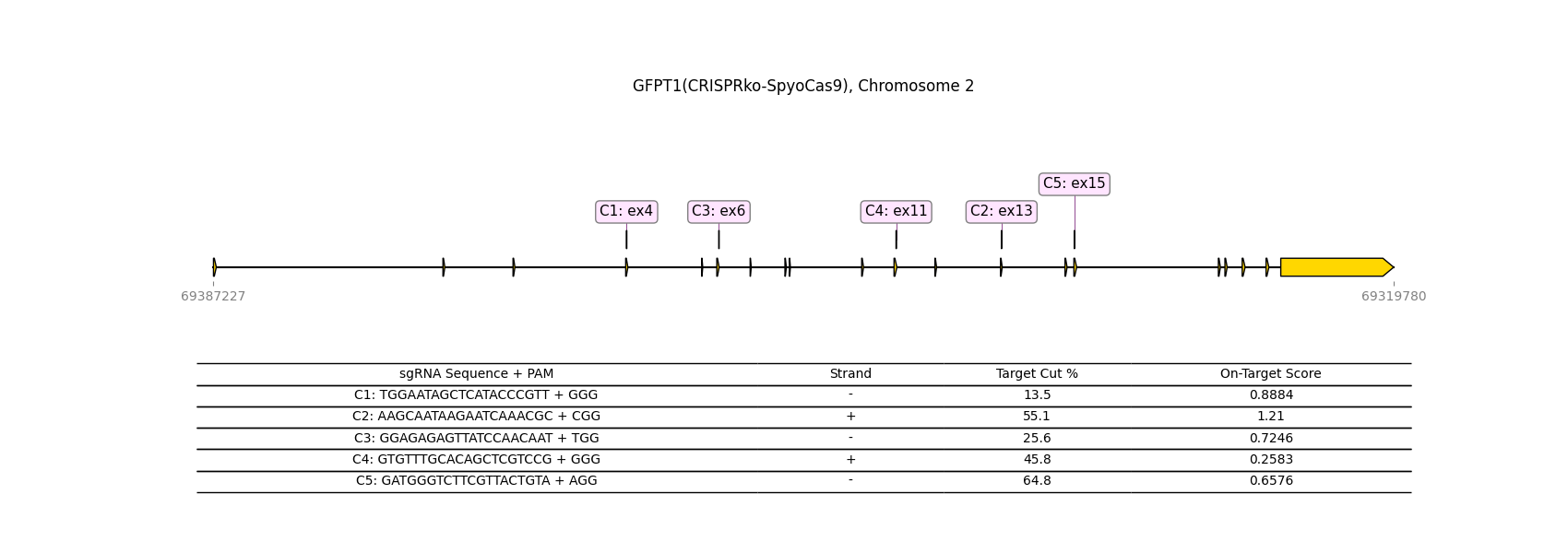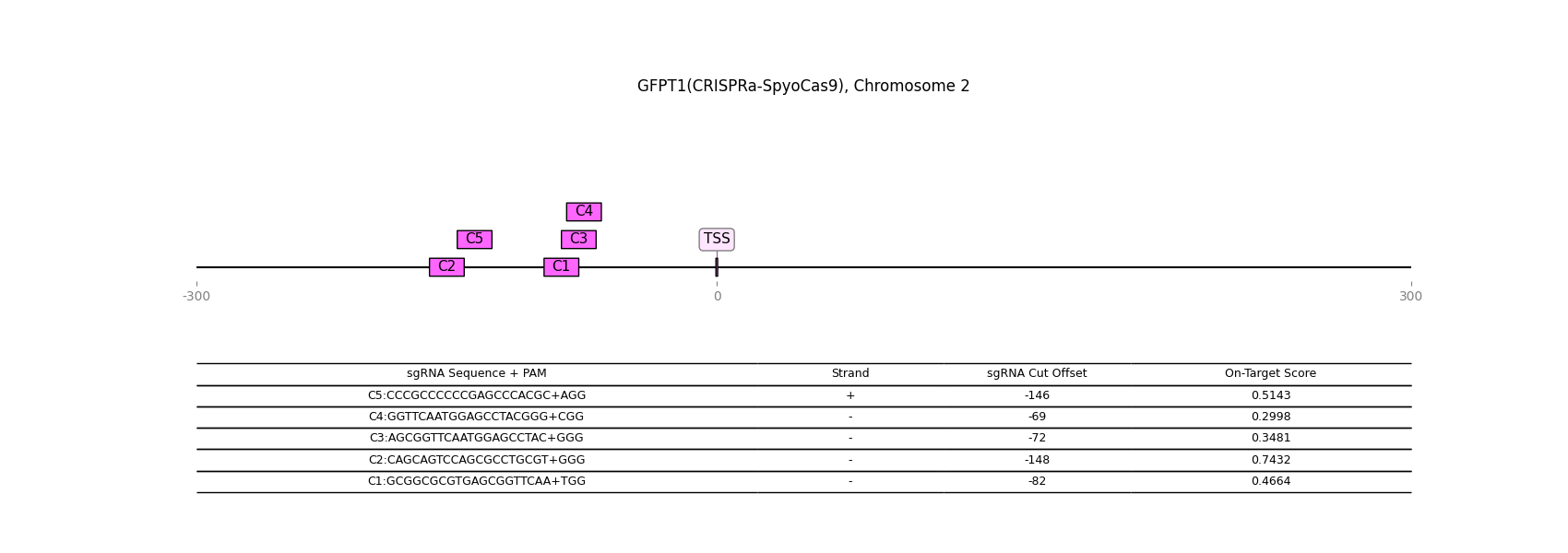Gene Details: GFPT1
1 / 1
General Information
Gene Name: GFPT1 (Glutamine--fructose-6-phosphate aminotransferase [isomerizing] 1)
Synonym: GFAT
Short Names:
Alternative Names: D-fructose-6-phosphate amidotransferase 1;Glutamine:fructose-6-phosphate amidotransferase 1;Hexosephosphate aminotransferase 1;
Notes:
- GFPT 1 / 2 Converts fructose 6-phosphate into D-glucosamine 6 phosphate in the hexosamine biosynthesis pathway with L-glutamate as a substrate.
- Evidence suggests GFPT1 may be inhibited by high UDP-GlcNAc concentrations.
Description from Dr.Glyco-GPT:
Warning: LLMs can generate factually incorrect information, as they simply predict the next word based on training data. Always verify LLM output by cross-checking with reliable sources!
Catalytic Activity

Reaction and Disease Links
EC # (IUBMB):
2.6.1.16
Brenda:
2.6.1.16
KEGG: 2673
Rhea:
13237
Transcript levels (Cell lines and Single cell data) URL
CRISPR-knockout

CRISPR-activation

CRISPR-inactivation

Transcription factor-gene relationship (details at glycoTF page)
Top 10 TFs
| TF | Score |
|---|---|
| TCF25 | 1.083055 |
| SON | 1.072329 |
| RBM39 | 1.071140 |
| HNRNPK | 1.057348 |
| SRSF3 | 1.033137 |
| UBE2I | 1.030567 |
| XRCC5 | 1.030504 |
| PCBP2 | 1.030162 |
| PCBP1 | 1.028252 |
| YY1 | 1.024906 |
Licensing: CC BY 4.0. You are fee to copy, redistribute, remix, transform and build upon all material, except for textbook figures from the Essentials.